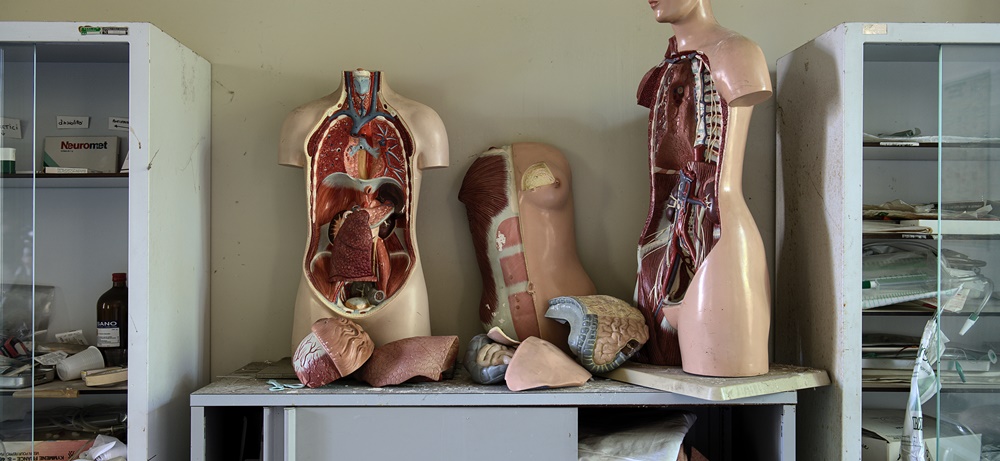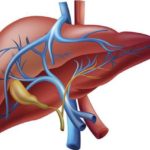What causes cirrhosis of the liver?
The liver is the metabolic center of the human body. The metabolism of carbohydrates, fats, proteins, and all other micronutrients takes place here. It provides energy to the entire body because of its ability to store and metabolize nutrients. It also secretes bile which is stored in the gall bladder and takes part in fat digestion. Any disease which involves the liver has a systemic effect because the powerhouse of the body is affected. Cirrhosis is one such disease of importance that is prevalent worldwide.
Cirrhosis – A chronic disease
Cirrhosis of the liver is a disease in which there is the destruction of hepatocytes due to various reasons. These functioning cells are replaced by fibrosis tissue which results in liver failure. To compensate for the loss of function, the remaining liver cells undergo multiplication or hyperplasia which results in nodule formation. So, a cirrhotic liver is a shrunken, nodular organ with diminished function.
How does cirrhosis occur?
Cirrhosis is an important cause of morbidity and mortality resulting in the premature death of patients. Viral infections of the liver and chronic alcohol consumption are the two most common causes. The causes of cirrhosis are listed below:
Alcohol: The liver is the main organ for the metabolism of alcohol. Chronic exposure to alcohol results in a spectrum of liver disorders. In mild cases, there is fatty infiltration of the liver in which fat accumulates in all the liver cells. This results in an increase in the size of the liver. This is the earliest and most predictable effect of alcohol ingestion and is seen in the majority of heavy alcohol drinkers. The good thing about this condition is that it is reversible, which means that abstinence it disappears quickly without any residual damage to the liver. If these people continue to drink alcohol, cirrhosis is likely to develop.
Heavy drinkers develop alcohol-induced hepatitis, which has been reported in 10 to 35% of such patients. This condition is an important precursor of cirrhosis of the liver. In these patients, the risk of cirrhosis is nine times higher than those with fatty liver. Initially, cirrhosis has a very fine nodular pattern described as micro-nodular cirrhosis, which may evolve into the macro-nodular variety. Cancer of the liver may occur in these patients.
Chronic hepatitis due to viruses: Chronic infection with hepatitis B virus occurs in up to 5% of patients out of which 25 to 30% develop cirrhosis and a high risk of liver cancer. The virus causes chronic inflammation and death of liver cells over a period of time. The prognosis also depends on the associated complications of cirrhosis like ascites, jaundice, encephalopathy or bleeding from oesophageal varices. Many of these patients become candidates for liver transplantation which improves their life expectancy.
Hepatitis C virus leads to chronic infection because of its ability to evade immune response in the majority of the infected patients. The resulting chronic infection can cause cirrhosis and carcinoma liver.
Autoimmune diseases: In autoimmune liver disease, the destruction of liver cells occurs due to many mechanisms which include cell-mediated cytotoxicity, antibody-dependent cell-mediated cytotoxicity, or a combination of both mechanisms.
The immune system plays a key role in the pathogenesis of Primary sclerosing cholangitis as it is frequently associated with other autoimmune disorders like type-I diabetes mellitus and Graves’ disease. Abnormalities of both humoral and cellular immunity have been described in these patients which include an increase in circulating antibodies like antinuclear antibodies, anti-smooth muscle antibodies, and atypical perinuclear antineutrophil cytoplasmic antibodies.
Biliary diseases: Primary biliary cirrhosis is an autoimmune disease that leads to progressive destruction of bile ducts, chronic stasis of bile, and finally biliary cirrhosis. There is the result of severe humoral and cellular response to an intracytoplasmic antigen, the presence of antimitochondrial antibodies, and involvement of T lymphocytes in the destruction of bile ducts. Secondary biliary cirrhosis occurs secondary to obstruction of biliary duct
Genetic diseases: Haemochromatosis, Wilson’s disease, α1-antitrypsin deficiency are rare disorders associated with cirrhosis of the liver. They require special investigations for diagnosis because of specific causes. They increase the risk for cirrhosis and cancer of the liver.
Cirrhosis of the liver is a chronic disease of the liver that leads to progressive deterioration of function. Prevention of hepatitis viral infection is an important issue and awareness is essential for healthcare workers. An early diagnosis and prompt initiation of treatment may delay the complications of cirrhosis including cancer.




























